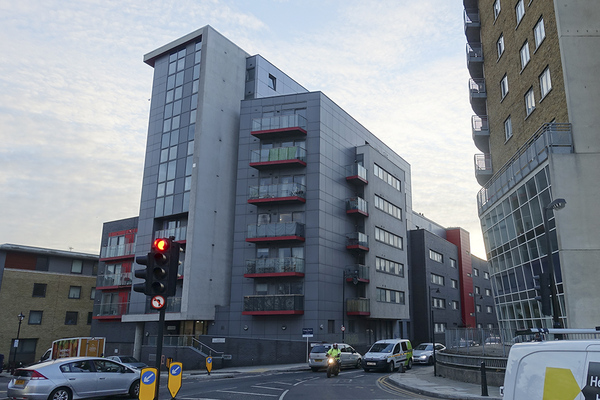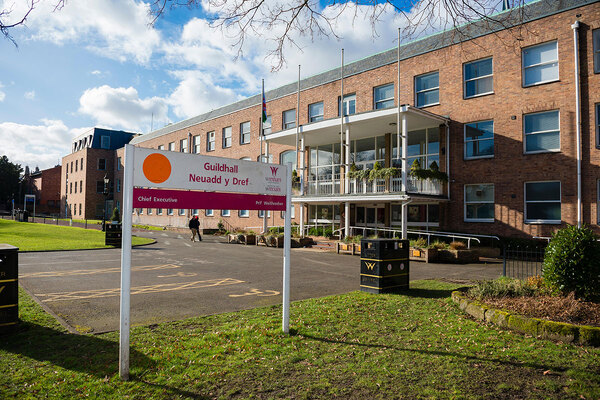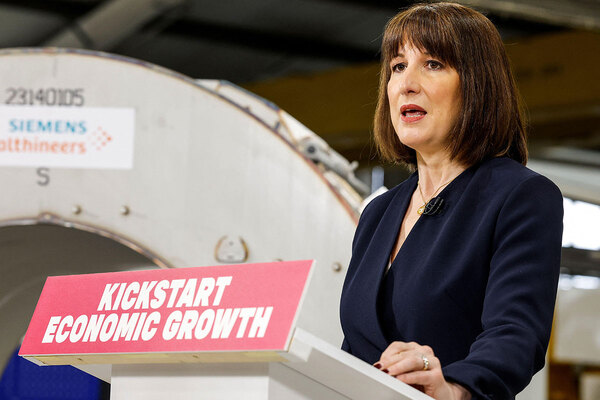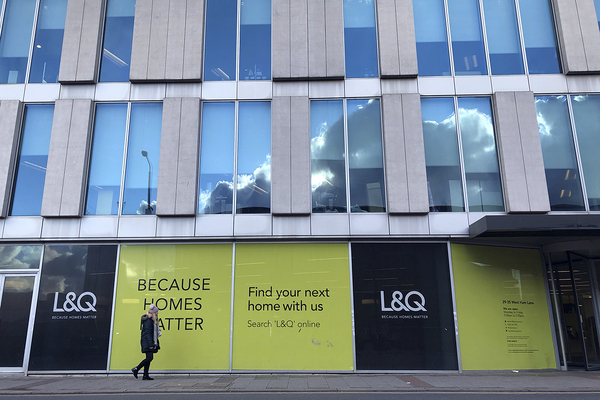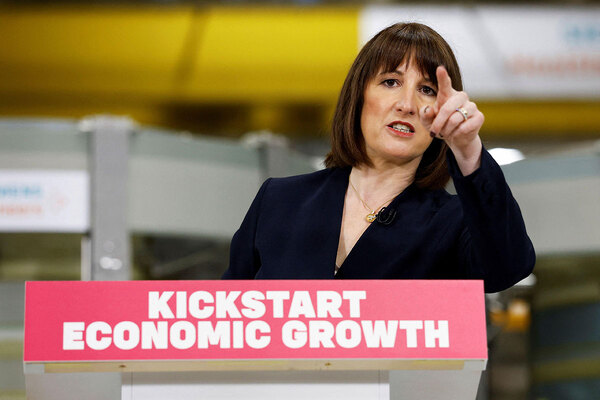You are viewing 1 of your 1 free articles
MPs raise concerns over fake signatures on EWS1 forms
MPs have expressed concerns over fake signatures being used on External Wall System 1 (EWS1) forms during the sale of homes.

Clive Betts, chair of the cross-party Levelling up, Housing and Communities Committee, wrote to the Royal Institution of Chartered Surveyors (RICS) and the Fire Industry Association (FIA) to ask how homebuyers who require an EWS1 form can help to ensure the form is valid.
In his letter, Mr Betts raised concerns that signatures on the forms could be faked and asked for an assessment of the likely scale of the problem and its impact on the process.
The forgery of an EWS1 form for a building in east London was revealed by an Inside Housing investigation in 2021. The following year, Merseyside-based property manager Thomas Clarke received a 15-month custodial term, suspended for two years, after he had signed 55 EWS1 forms with the name of a former colleague, Sophie Magee, without her knowledge.
In response to Mr Betts’ letter, Ian Moore, chief executive at the FIA, said it was “difficult to give an accurate picture” of the scale of potential EWS1 forgeries.
There is currently “no requirement whatsoever” for the forms to be uploaded to the FIA’s building safety information portal, he said. The driving factor is whether a lender demands it.
The FIA estimates that around 2.6% of EWS1 forms have been uploaded to the portal, Mr Moore said.
If people have doubts about a form that has not been uploaded, “they can certainly request” that it is uploaded, or commission a registered assessor to carry out an independent assessment.
For web form uploads to the information portal, the cost is £100 plus VAT. For PDF uploads, the cost is £150 plus VAT. For engineers to register their credentials so they can upload the EWS1 forms, there is a one-off £200 fee.
Justin Young, chief executive of RICS, told Mr Betts he did not have any data to show that fake signatures on the forms was a widespread issue.
Since 2019, only three concerns had been reported to RICS which relate to RICS-regulated members, he said. One case resulted in a criminal conviction at Liverpool Crown Court and RICS expelled the candidate.
The two other concerns were fully investigated, but no evidence was provided by the people raising concerns to support the allegations that fake signatures or fraudulent activity had taken place in the scope of undertaking EWS1 instructions.
Mr Young said that publications on the RICS website, and educating consumers about what to look out for and request from RICS-regulated members, “has proved effective” in raising levels of compliance and deterring potential breaches of conduct.
If an individual discovers that an EWS1 signature has been faked, Mr Young said the police should be contacted in the first instance.
He added that the introduction of PAS 9980 will lead to a decline in the use of EWS1 forms, but it is “still early days”, and “it may be a few more years yet before EWS1 forms fade away completely”.
EWS1 forms were introduced by RICS in 2019 to try and help leaseholders caught up in the building safety crisis to sell their flats.
They required all buildings above 18 metres to be checked by qualified professionals to see if dangerous cladding was present. If not present, the building would get a clean bill of health and banks would provide mortgages. If it did have these materials, leaseholders would be stuck until remediation work removed them.
In 2020, the forms were expanded to cover all buildings, regardless of height. By 2022, the government had introduced new PAS guidance, which it hoped would reduce the number of unnecessary surveys required.
Mr Betts said: “It is concerning that there may have been cases of fake signatures being used on EWS1 forms during the sale of properties.
“I hope people will take the opportunity to ask that any assessor providing an EWS1 form uploads it to the FIA Building Safety Information Portal to help ensure the form signatories are indeed genuine.
“In the past, the cost of registration fees has been part of the reason that thousands of EWS1 forms were not uploaded, and I hope this will prompt government and lenders to now explore ways to help cover the costs of this process.”
Sign up for our fire safety newsletter
Already have an account? Click here to manage your newsletters


